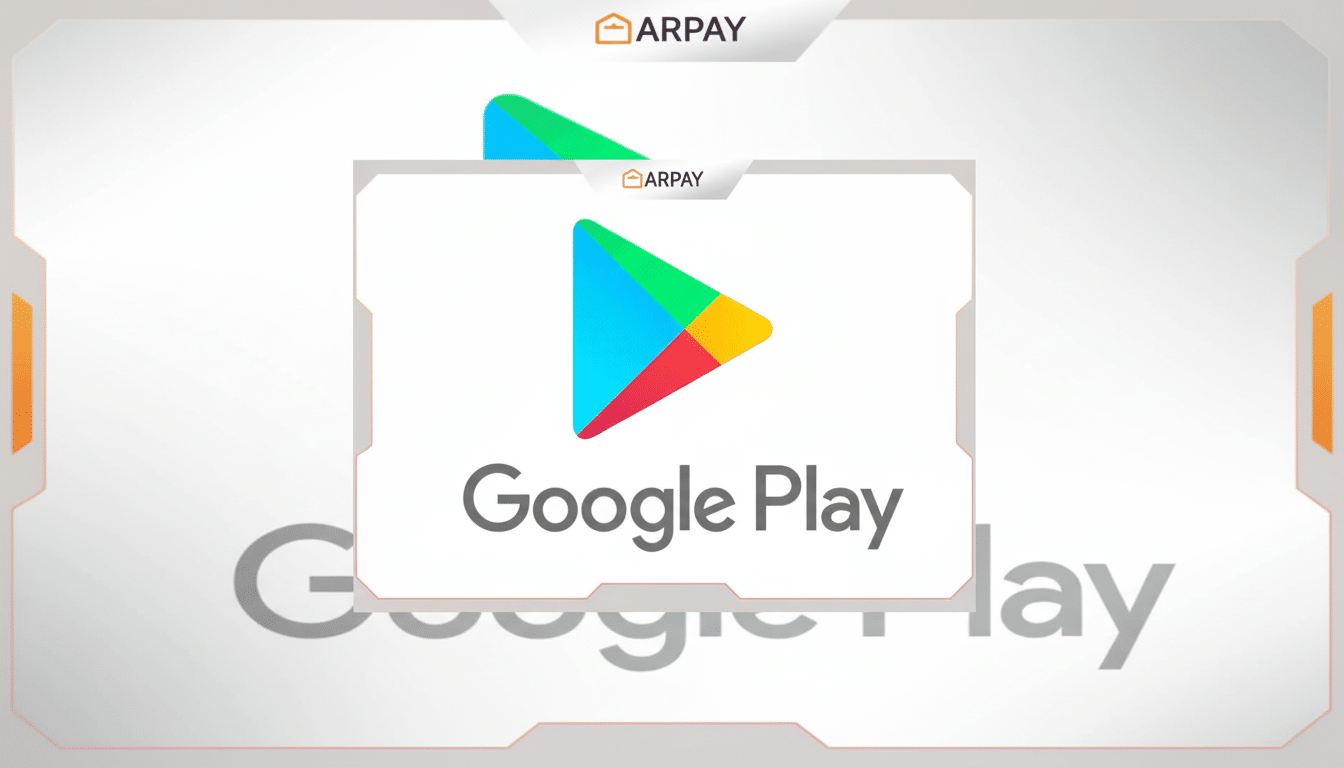Google is doing its best to transform the Play Store into something more than just an app store. Now there’s a new digital gift card store directly in the Google Play app, where you can search for, purchase, and send gift cards for any of dozens of brands like Disney, Starbucks, Adidas, AMC, American Eagle — and that’s really just the beginning. Last-minute gifting and on-the-go purchases are easy.
Here’s How the New Google Play Gift Card Shop Works
Access is easy enough: open the app, search for “gift cards” and tap the banner that shows up or go to your profile menu and click on Gift Cards. You can then select a brand, an amount, add a message, and send it digitally. Google will send a code that can be redeemed with the retailer, usually for an online purchase, although some retailers accept the codes in stores.

This process closely resembles buying Play credit, but the stock offered covers third-party labels that are popular. Totally customizable by the purchaser, with variable denominations to suit any budget, allows for quick $10 thank-you gifts or larger gifts of a round number (you get my drift), and digital delivery means this gift is non-perishable (like fruitcake!), no shipping delays, and reduced chances of credit card fraud because there’s no physical card with activity possible if lost.
Availability and Purchase Limits for Digital Gift Cards
The rollout has begun in the United States, the United Kingdom, and Mexico. Google has also implemented region-based purchase limits as a way of restricting fraud and abuse; in the US, users have been capped at purchasing up to $250 worth of digital gift cards per day. “Limits may differ by market and will change as we gauge usage and risk signals,” Google said.
There will probably be support for further countries to come, eventually. Google usually rolls out commerce features slowly to fine-tune payment flows, tax handling, and anti-fraud systems before expanding globally.
Why This Move Matters for Google Play and Shoppers
So-called digital gift cards are one of retail’s more robust categories, and they heavily skew toward mobile. The global gift card market was estimated at approximately $835 billion in 2022 and is projected to exceed more than $1.6 trillion by 2030, according to Grand View Research, spurred particularly by the trend toward e-gifting and omnichannel redemption. Digital gift card spend will exceed $400 billion in the mid-2020s and see rapid digitization of messaging and wallet apps, according to a new study from Juniper Research.
For Google, the move bundles brand gift cards into Play and increases engagement with its payments stack while it puts a featured checkout flow in front of hundreds of millions of Android users. It also centralizes discovery: instead of bouncing around retailer sites, shopping can be done in one curated catalog with a few taps to buy. For brands, distribution on the Play Store is new, low-friction discovery that is highly conducive to impulse and seasonal purchase behavior.

There’s an upside for consumers that goes beyond simple convenience. Digital delivery also minimizes the risk that physical cards will be lost or tampered with, and — in many cases — once a card is redeemed, you can manage your balance within a retailer’s app. Still, consumers should stay on high alert: gift cards remain a popular vector for scams, and regulators, including the Federal Trade Commission, often advise against paying strangers with gift cards. Daily caps and risk controls at Google are meant to mitigate that abuse.
Real-world use cases for digital gift cards on Play
Think of a Starbucks e-gift sent over text that a recipient can add to their Starbucks app wallet in seconds, or an AMC card good for a full movie night, with popcorn. A Disney gift card can be redeemed for Disney+ subscriptions or merchandise, depending on terms, while Adidas cards can be used for online orders or at participating stores. Customizable messages in Play reinforce these scenarios, such as happy birthday, congrats on school graduation, or a team win!
Unused balances are still an issue across the board. Indeed, a recent survey by Bankrate found Americans have billions of dollars left on gift cards and credits, many of which are lost or only partially redeemed. A native, searchable storefront on a device that consumers will check dozens of times a day could do its part to wind down this breakage by making both buying and redeeming the gift card top-of-mind.
Competition and what to watch next in digital gifting
Google’s decision now aligns Play with the common wallet ecosystem, which all but forces one to utilize gift cards as part of the central component. Apple, Amazon, PayPal, and fintechs all play in the robust gift card space; what will differentiate Google is distribution through Android devices, Play’s familiar checkout process, and additional hook-ins such as Play Points if Google decides to reward qualified purchases.
Fast-forward and you’ll see an expanded catalog, localized brands as new regions come online, and deeper integrations that enable recipients to save cards into retailer apps or Google Wallet with a single tap. As the feature scales, improvements will happen around limits / fraud protections / promotions specific to peak gifting seasons.
The upshot: by incorporating third-party digital gift cards, Google is transforming the Play Store from a routine app marketplace to something bigger — a place where consumers already spend time and retailers have a high-visibility channel for fast, safe gifting.

